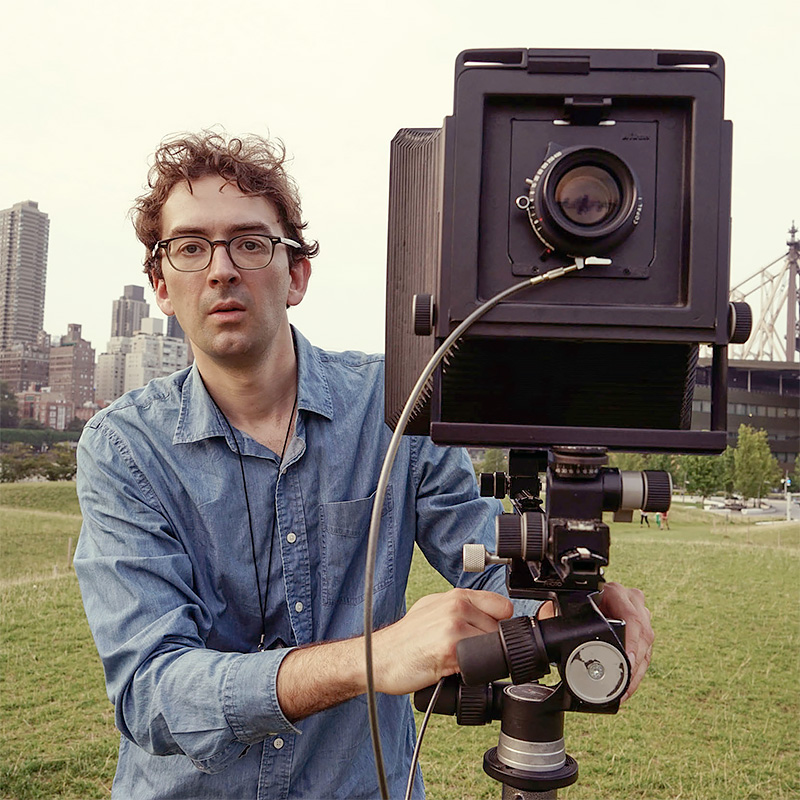John Sanderson is drawn to broad topographical subjects within the United States of America. It is there in the outdoors he feels most creative. His photographs reconcile American motives of impermanence, and expansion within the contemporary landscape. His projects include themes such as transportation, leisure, residence, industry, and decay. The influence of growing up in New York City’s Midtown Manhattan underpins much of Sanderson's work which is rooted in a passion for architectural design. He captures photographs for each project with multiple large format film cameras as well as smaller digital cameras as needed for commercial clients. Sanderson’s photographs have been featured in a variety of publications such as: Slate Magazine, BBC News, The Wall Street Journal, and NBC News. Fallen Flags, and Railroad Landscapes have both been the subject of several solo and group exhibitions. In 2017, he published National Character, a Monthly Monograph Magazine, by Subjectively, Objective. His work resides in a number of private and public collections including the Metropolitan Transportation Authority, New York Transit Museum, NTR Partners, and the Center for Railroad Photography & Art. Zatara Press will publish his latest project titled Carbon County in May 2019.
